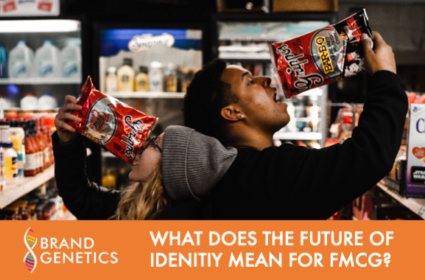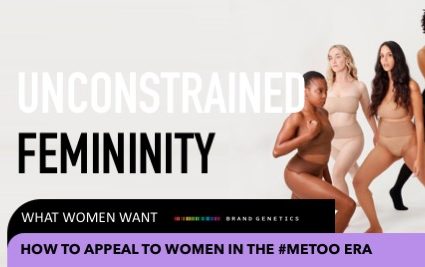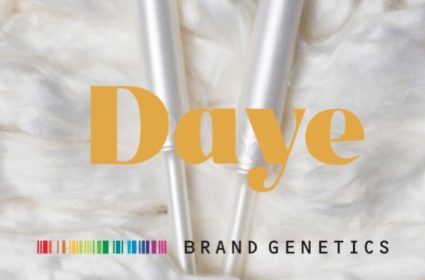How to Appeal to Women: A closer look at Hyper Femininity
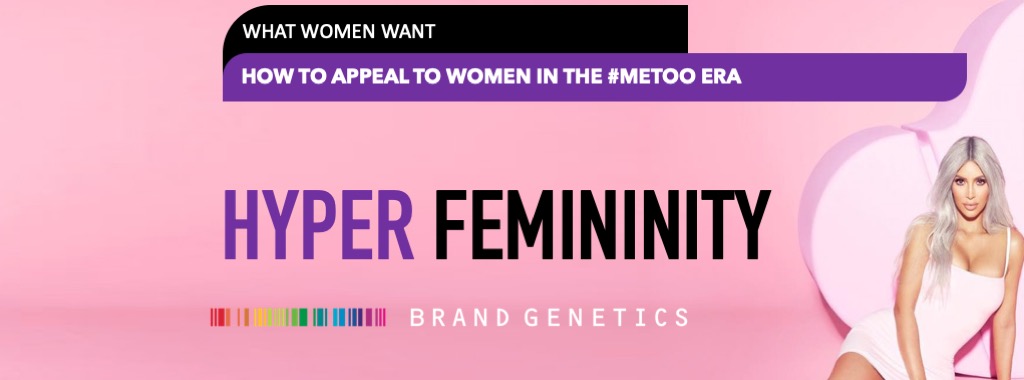
This article is part of our series on The Future of Femininity. You can view the full series or download the report.
Download ReportCatalysed by social, political and cultural change, women are increasingly challenging the way ‘feminine’ characteristics are portrayed and the fundamental assumptions that underpin them. This has huge implications for society in general and for marketers in particular. Women have had enough of lazy, bandwagoning behaviours and have no hesitation in calling out tokenistic or patronizing gestures and actions.
The latest Brand Genetics insight report seeks to address the question: how is aspirational femininity evolving and, by extension, what are the consequences female-targeted brands and their brand manager custodians?
In the report, we explore the changing nature of femininity and use the latest research and evidence-based thinking to identify the current cultural female identities and offer our perspective on what is emerging as aspirational for women. We also give guidance on how marketers can both appeal to and empower women moving forward.
In this week’s blog, we explore one of the emerging forms of femininity, hyper-femininity, brands playing in this space and why it ultimately represents a risky position.
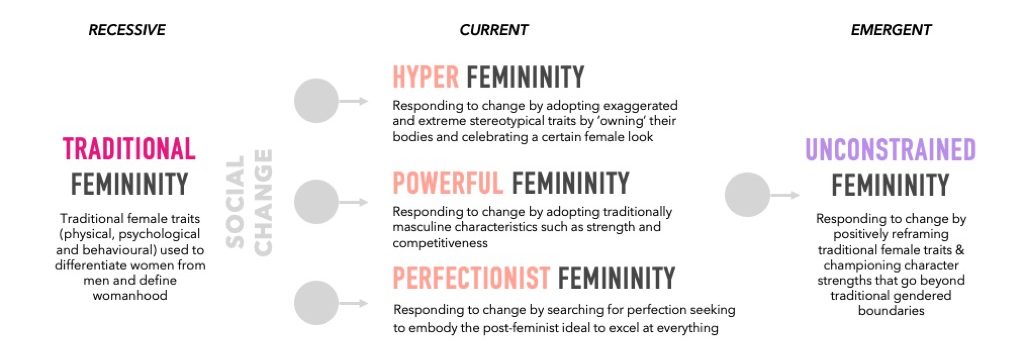
What is Hyper-femininity ?
In short, hyper-femininity is a response to the social change challenging traditional femininity through the adoption of exaggerated stereotypical traits. It is an extreme version of traditional femininity and emphasises the value of the female look and the advantages it can deliver in an image-obsessed, Instagram-first world, encouraging women to ‘own’ their bodies.
The Brand example:
In recent times we have seen the rise of the hyper-feminine entrepreneur within the online world. Leveraging the power of social media, hyper-feminine women self-objectify, utilizing their physical attributes as a source of authority, empowerment and income.
The most renowned example comes from the Kardashians. From KKW beauty to Kylie Cosmetics, the Kardashians have built an empire on a foundation of hyper-femininity. The sisters are making a living from self-objectification, including surgical enhancements, to achieve the perfect hyper-feminine look. With a combined Instagram following of 500 million people, the sisters have been hugely successful in commercializing their social media presence to sell products. In August 2018 Kylie Jenner was on the Forbes cover dubbed to be America’s “youngest self-made billionaire”.
The Risk:
Focusing on their inherent female appearance as a profitable brand identity has clearly proven successful. However, its singular aesthetic focus comes with several significant risks and the Kardashians also demonstrate. They have been described as “double agents for the patriarchy” and their hyper-feminine credentials have attracted negative attention, for reinforcing unattainable and damaging expectations, with several public figures speaking out about their impact on young girls, critiquing their status as positive role models.
Ultimately, compared to the freedom and empowerment of unconstrained femininity, choosing a narrow and exaggerated focus on stereotypes is a high-risk strategy for most brands. This is compounded by the continued rise of transparency and authenticity trends, alongside renewed scrutiny of industries to best suited to hyper-femininity (such as influencer marketing). As a result, forward-thinking competitors are largely moving away from reductive (and often outdated) stereotypes by celebrating more diverse femininities and championing variations in thought and behaviour rather than just appearance.
Here at Brand Genetics, we understand what women want. If you want to know what the changing face of femininity means for your brand, we’d love to hear from you.


